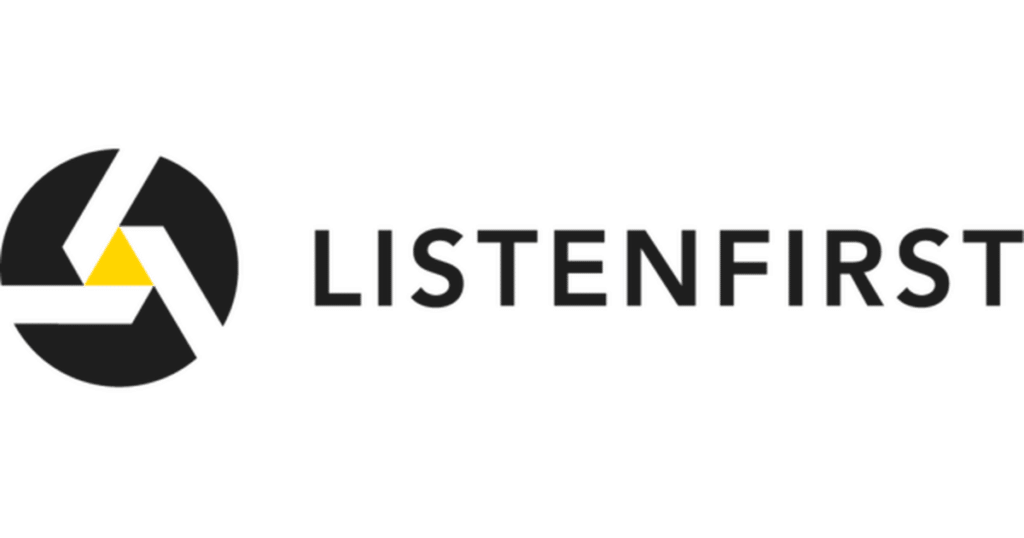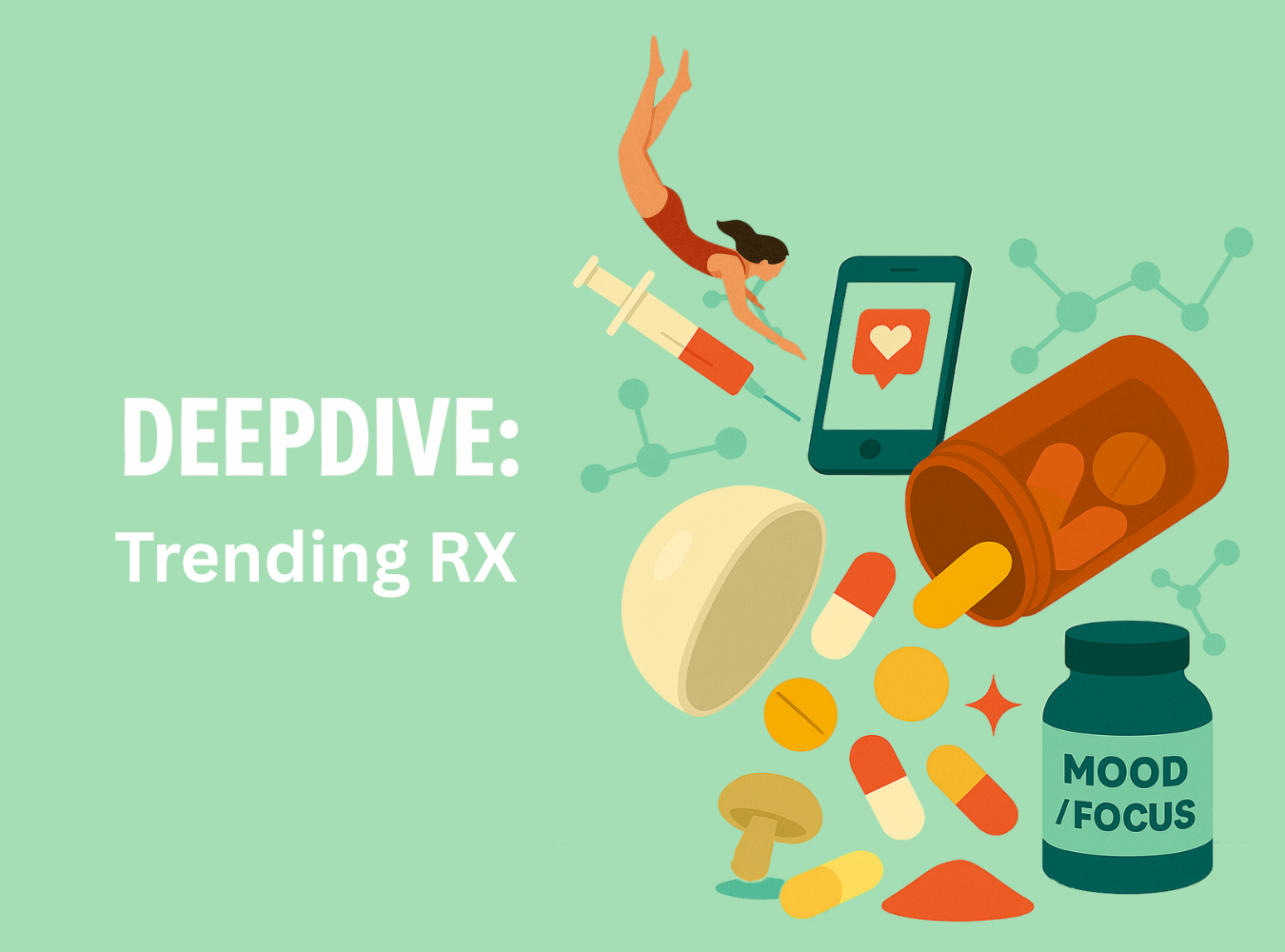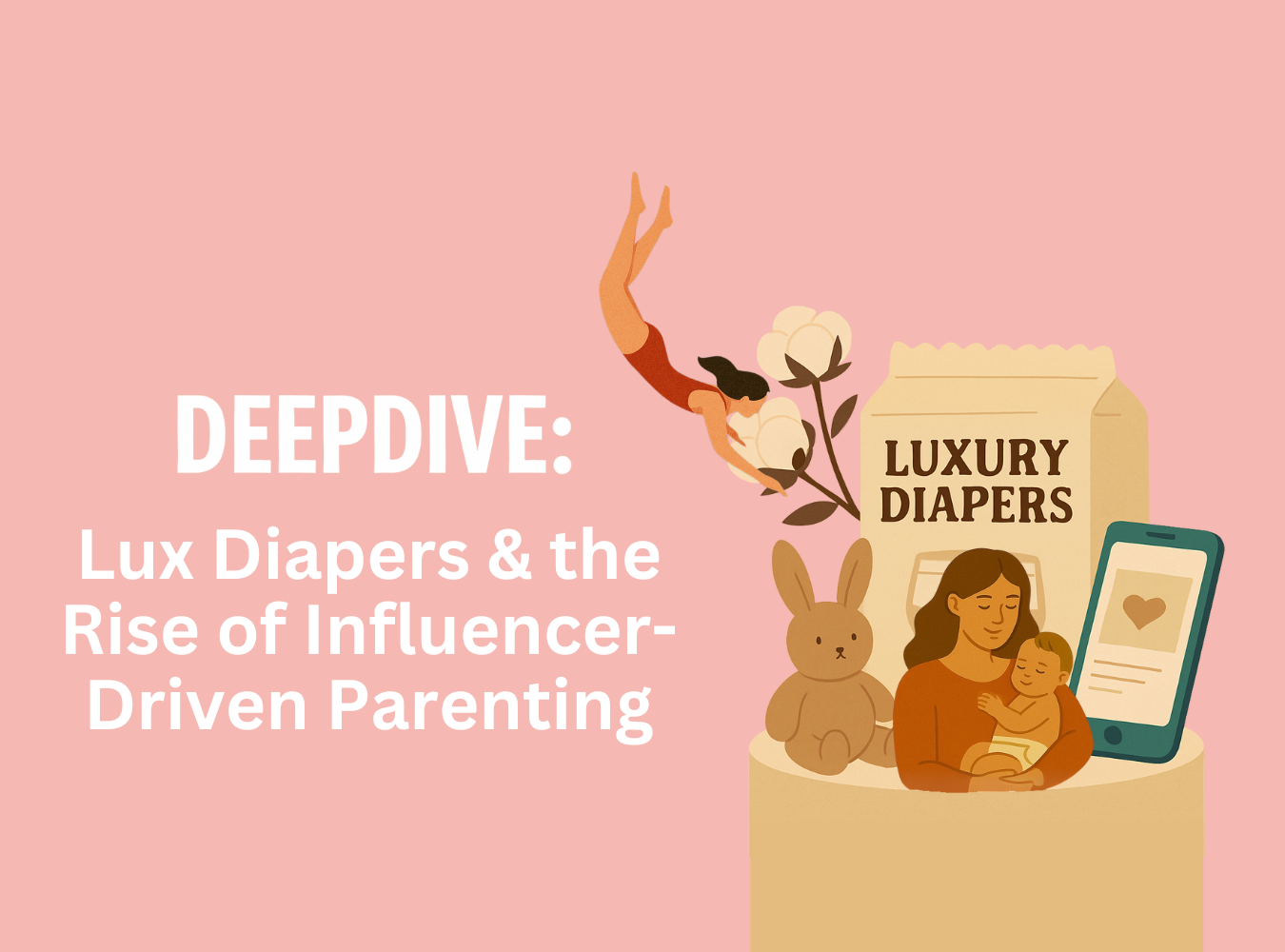How Biohacking, Supplements, and Social Media Are Rewriting the Rules of Pharma.
From weight-loss injections to mushroom powders, social platforms are blurring the line between wellness and medicine. What began with DTC prescription brands has evolved into a biohacking culture that markets mood, metabolism, and mental clarity like consumer products.
The Prescription Aesthetic Is No Longer Medical
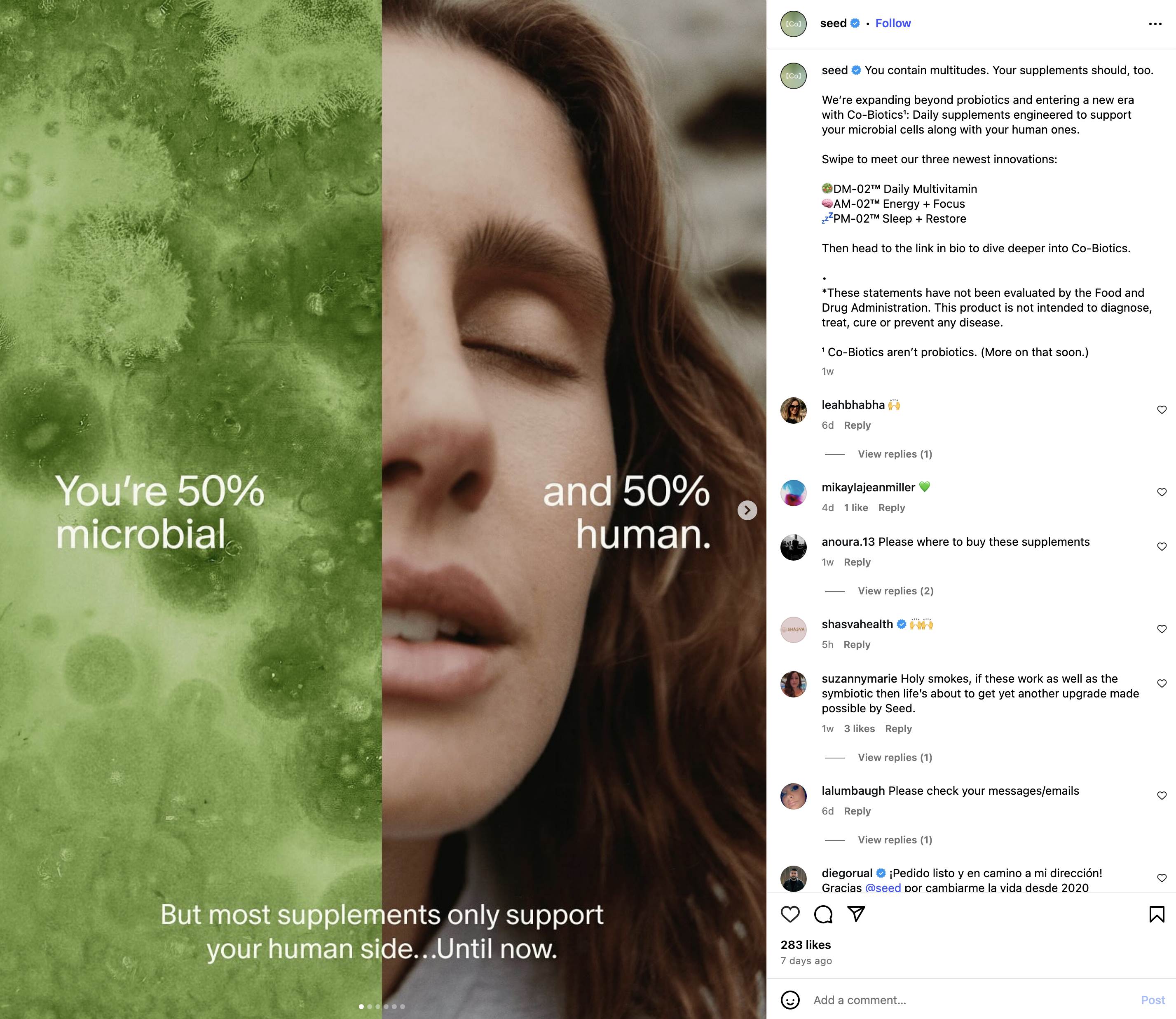
On TikTok and Instagram, you can scroll from a weight-loss journey powered by GLP-1s to a morning routine featuring nootropics and lion’s mane, each framed in pastel color palettes with calm music and testimonial-style narration.
The line between clinical treatment and daily optimization is dissolving.
Prescription medications once required strict regulatory scaffolding to advertise. Now, aesthetic-first online pharmacies, biohacking influencers, and supplement brands occupy the same cultural space. Pills and powders are marketed not as medicine but as lifestyle tools — essential self-care you can buy in-app.
Social media has blurred the distinction between regulated drugs and over-the-counter supplements. Influencers present both side by side, casually referencing antidepressants, nootropics, and adaptogens as if they were all part of one holistic wellness stack. For many viewers, the difference between what requires medical oversight and what doesn’t is no longer clear.
Importantly, many of these creators are not medical professionals or even major influencers. Some have modest followings but participate in programs like the TikTok Creator Marketplace, offering commission-based partnerships to promote wellness products. They often receive pre-written scripts and talking points for products they’ve never tried, with payouts tied to sales performance.
This decentralization of health marketing turns affiliate content into medical influence — with minimal oversight and almost no disclosure of risk.
The Rise of Wellness as Social Currency
@randellegoldin Wash your chicken people with soap🤷♀️#chicken #chickensoftiktok #wash #dawn #soap #viralvideo #cooking #cookingathometiktoktv #chickenwings
♬ Spice Girls Dolly Parton mashup – Love music Old and New
Don’t do this.
Much of this shift is driven by the rise of wellness trends on social media, where health isn’t just a private goal; it’s a visible lifestyle. From “clean girl” aesthetics to “hot girl walks,” platforms like TikTok and Instagram have elevated wellness into a content genre with its own aesthetics, rules, and social expectations.
That genre thrives on:
- Daily rituals: morning routines, night-time stacks.
- Visual consumption: matching pill organizers, branded mushroom coffees, frothy green powders in glass tumblers.
- Peer credibility: what’s in your stack, what kind of magnesium do you use, do you take it with L-theanine?
- Soft expertise: creators using phrases like “as someone with anxiety,” “this changed my gut health,” or “my chiropractor told me…”
- Low-stakes medical mimicry: referencing concepts like “nervous system regulation,” “dopamine resets,” or “balancing cortisol” without formal credentials.
- Performative cleanliness: routines that emphasize extreme or aestheticized hygiene and cleaning practices. This includes never reusing towels, color-coded showers, extreme multi-step bathing routines, bleaching dishes, scrubbing Chicken with dish soap, or washing brand new out-of-the-box holiday decor — all presented as signals of moral discipline, aesthetic control, or lifestyle superiority.
In this environment, supplements and prescriptions alike become tools of self-performance and symbols of discipline and control. One sub-trend gaining visibility is what many call the “Hygiene Olympics”, a competitive form of self-presentation where creators showcase excessive hygiene rituals as status markers. Think double or triple-showering, 20-step skincare routines, sterile skin goals, never wearing the same socks or underwear twice — actions that may not reflect medical necessity but serve a kind of aesthetic purity. These behaviors mirror the hygiene theater of the early pandemic, where the appearance of health became more important than its actual function. The more aesthetically pleasing, narratively compelling, or transformation-oriented a product is, the more likely it is to trend, regardless of its actual efficacy.
The result is a system where virality drives health choices, and wellness content creators double as de facto health marketers. The wellness trend wave doesn’t just reflect consumer interests; it actively shapes them.
Timeline: From Clinical Rx to Consumer Optimization
The cultural shift toward “health as lifestyle upgrade” didn’t start with TikTok biohackers or mushroom coffee. It began when medicine first entered the e-commerce era. The moment prescriptions became clickable, healthcare began inching toward consumer culture.
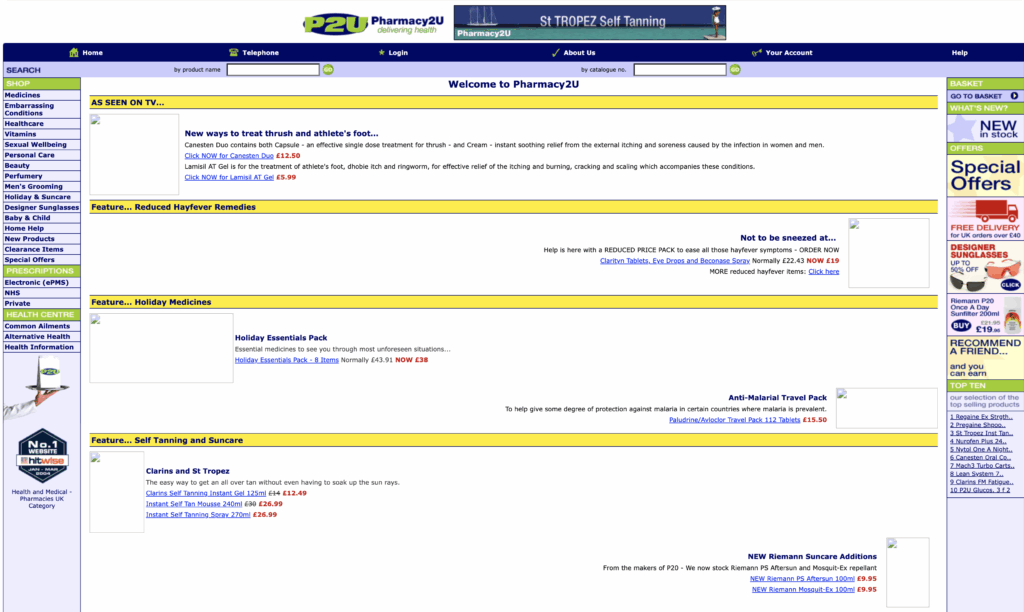
Pharmacy2U as seen in 2004 via Wayback Machine
Phase 0: The Birth of Online Pharmacies (Late 1990s–Early 2000s)
The first online pharmacies launched around 1999, positioning themselves as the future of convenience in healthcare. Soma.com is often cited as one of the earliest U.S. digital pharmacies, while Pharmacy2U opened in the UK in 2000 as the first licensed service to offer NHS prescriptions online. These early companies promised easier access, discreet fulfillment, and doorstep delivery — ideas that would later define the telehealth boom.
But the innovation quickly met controversy. The internet created opportunity not only for convenience but for abuse. Many early online pharmacies bypassed medical oversight entirely, offering prescription drugs without valid prescriptions, operating without state licenses, or selling unapproved imports. The U.S. National Association of Boards of Pharmacy (NABP) began publishing a “Not Recommended” list in 2008 to track illegal or unsafe sites.
Investigations found that a majority of rogue online pharmacies either dispensed counterfeit or substandard drugs, contained incorrect dosages, or sold entirely different substances than advertised. CanadaDrugs.com, once one of the largest cross-border pharmacies, was permanently shut down in 2018 after U.S. prosecutors uncovered counterfeit cancer medications shipped through its network.
At the same time, legitimate players tried to bring regulation to the space. KwikMed, founded in 2001, became one of the first U.S. online pharmacies to implement a physician assessment model and worked with the state of Utah to create laws governing online prescribing. These early cases revealed both the promise and the peril of digitized healthcare: accessibility on one hand, accountability gaps on the other.
By the mid-2000s, mail-order fulfillment and digital pharmacy infrastructure had become normalized, setting the stage for the next evolution — prescription brands that looked and sounded like consumer startups.
Phase 1: Prescription Drugs Go Direct-to-Consumer (Mid-2010s–Early 2020s)
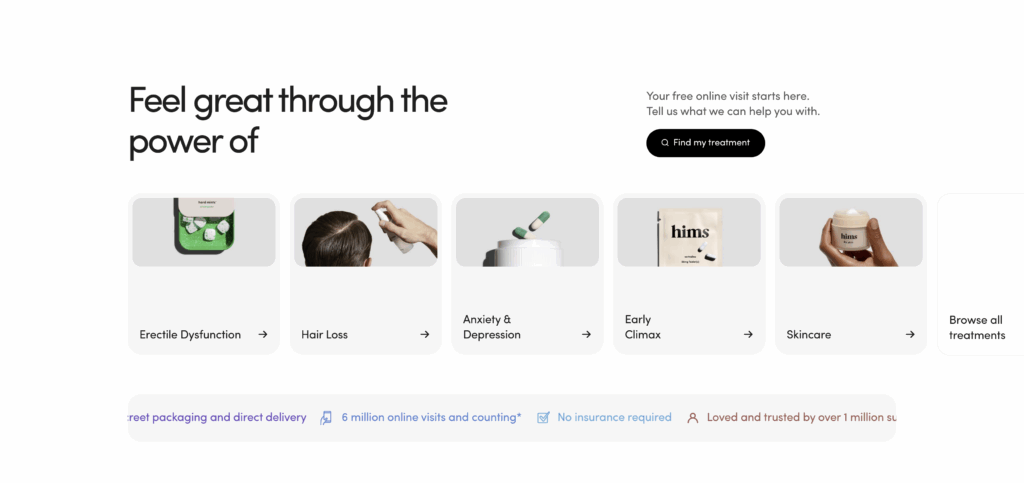
hims.com as seen in 2023
The mid-2010s ushered in a new era of prescription marketing. Platforms like Hims, Ro, and Cerebral brought millennial design sensibilities and emotional accessibility to healthcare. Their websites felt like lifestyle brands — minimalist layouts, friendly tone, and aspirational photography replacing clinical sterility.
These companies reframed treatment as an act of self-care: less “see your doctor,” more “feel like yourself again.” They succeeded in normalizing conversations around mental health, sexual wellness, and ADHD. Yet they also made medication feel like a consumer purchase — fast, frictionless, and aesthetic.
That convenience lowered stigma and improved access, but it also raised new questions about clinical oversight. When a five-minute quiz can lead to powerful prescriptions, the relationship between patient and provider risks becoming transactional. The same systems that democratized access also introduced a sense of detachment from medical evaluation.
Phase 2: The Rise of the Biohacking Stack (Late 2010s–Present)
@mccallmcpherson Yall have BEGGED me to talk about the topic of micro-dosing GLP-1 weight loss medications.. lets dig into it. Poat your questions about them below. #glp #weightloss #thyroid #metabolism #glp1
♬ original sound – ThyroidTok | McCall McPherson
Microdosing GLP-1 is a hot topic in the space.
As wellness content exploded across social media, creators began merging supplements, nootropics, and prescription medications into a single, seamless “optimization” lifestyle. Subreddits like r/Biohackers and TikTok creators built entire routines around their “stacks,” combining modafinil, magnesium, lion’s mane, and cold plunges into personal performance ecosystems.
When GLP-1 drugs like semaglutide surged in popularity, a gray market followed. Compounded and imitation versions began circulating online, often linked to telehealth services that required little to no consultation. Many lacked purity certifications or included undisclosed additives.
Supplements filled the same cultural space from the opposite side. Their marketing promised emotional balance and cognitive clarity, using the same branding language as pharmaceuticals — just without regulation. That legal gap became the marketing opportunity.
The result is a collision of categories: pharmaceuticals borrowing the aesthetics of wellness, and supplements borrowing the credibility of medicine. The internet didn’t just change how people buy treatment; it changed how they think about it.
Case Study: What Functional Mushroom Brands Reveal About Health Marketing
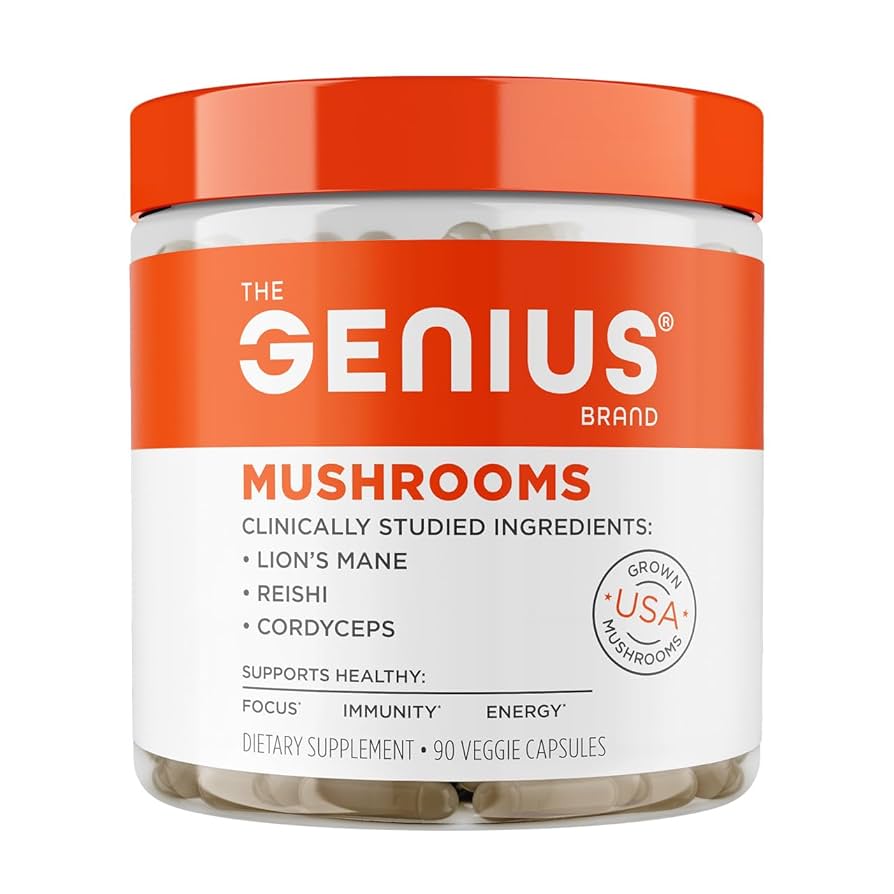
Functional mushroom brands have borrowed heavily from the direct-to-consumer playbook. Their design, language, and influencer strategy mimic pharmaceutical marketing without the FDA guardrails.
| Tactic | Functional Mushroom Example | Prescription Echo |
| Lifestyle-first branding | SuperMush’s candy-colored drops and playful product names | Hims/Hers soft-touch UX and stigma-reducing packaging |
| Stackable routines | Creators combining lion’s mane, ashwagandha, and magnesium | GLP-1 injections paired with nootropics and cold plunges as “daily optimization” |
| Ambiguous wellness claims | “Focus, clarity, immunity support” | “Metabolic reset” or “mental clarity” are used in GLP-1 and SSRI ads |
| Influencer seeding | YouTube “my brain-boosting stack” content | Creator-led semaglutide journeys and “before/after” stories |
With colorful packaging, “stackable” benefits, and lifestyle-focused messaging, Functional Mushrooms operate in a regulatory gray zone — clinically adjacent, but not clinically regulated.
These products rarely come with warnings, dosage oversight, or side effect disclosures. Yet their marketing often mirrors the language of therapeutic intervention: focus, mood, energy, brain health.
But what happens when the aesthetic of supplements meets the regulatory weight of prescription drugs?
Case Study 2: Serena Williams, GLP‑1s, and the Celebrity Pharma Effect
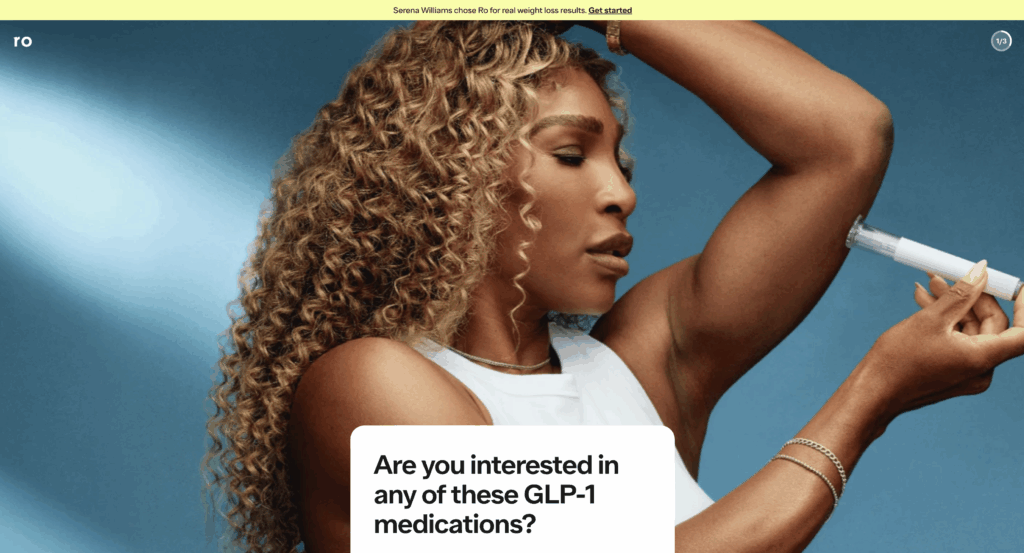
In 2025, Serena Williams became the face of Ro’s GLP‑1 weight-loss campaign. While the product she promotes is FDA-regulated and requires a prescription, the surrounding marketing — high-gloss visuals, direct-to-consumer convenience, aspirational messaging — mirrors the same creator-led, wellness-lite strategies seen in supplement marketing.
The backlash that followed reveals the cultural tension surrounding how prescriptions are being normalized and aestheticized, especially when backed by celebrity authority.
Tension Points & Cultural Critique
1. Normalizing prescription drugs as lifestyle tools
Critics argued that putting an elite athlete like Williams at the center of a GLP‑1 campaign reinforces the narrative that weight loss drugs are everyday consumer tools — akin to collagen powders or probiotics — rather than medications with serious clinical considerations.
2. Ethical concerns around messaging and risk
There was unease about the campaign’s tone and simplicity. By showing a globally admired figure casually discussing a prescription drug without clear side effect warnings, the messaging risked presenting GLP‑1s as universally safe or easy to access, which they are not.
3. Legacy dissonance and body image tensions
For years, Williams has symbolized resistance to narrow beauty standards and athletic body shaming. Some fans viewed her endorsement as a contradiction — aligning with pharmaceutical weight loss culture rather than continuing to challenge it.
4. Privilege, access, and health equity
While Williams emphasized that GLP‑1s helped her enhance her existing wellness routine, critics noted that her access to high-quality healthcare and continuous monitoring is far from the reality for most users. The campaign, intentionally or not, glossed over the cost, availability, and variability in patient experience.
5. Skepticism around authenticity
A subtler but persistent critique focused on believability. Some questioned whether Williams actually used the same telehealth platform she’s endorsing or if this was simply a branding partnership. This skepticism reflects a broader erosion of trust in celebrity health endorsements, where transparency is often unclear, and perceived authenticity is everything.
Williams’s Framing & Rebuttals
Williams has addressed the backlash directly, stating that:
- She researched GLP‑1s extensively and made an informed decision
- The medication supported — but didn’t replace — her diet and exercise
- Weight loss drugs shouldn’t carry shame
- The stigma around GLP‑1 use is outdated and harmful
- People deserve access to all the tools that support their health goals
Her campaign appears designed to normalize GLP‑1s as one tool among many in a modern wellness toolkit. But as this case shows, celebrity-driven normalization comes with cultural friction, especially when the product in question sits at the crossroads of science, stigma, and aspiration.
SSRIs vs. Supplements: A New Kind of Wellness Competition
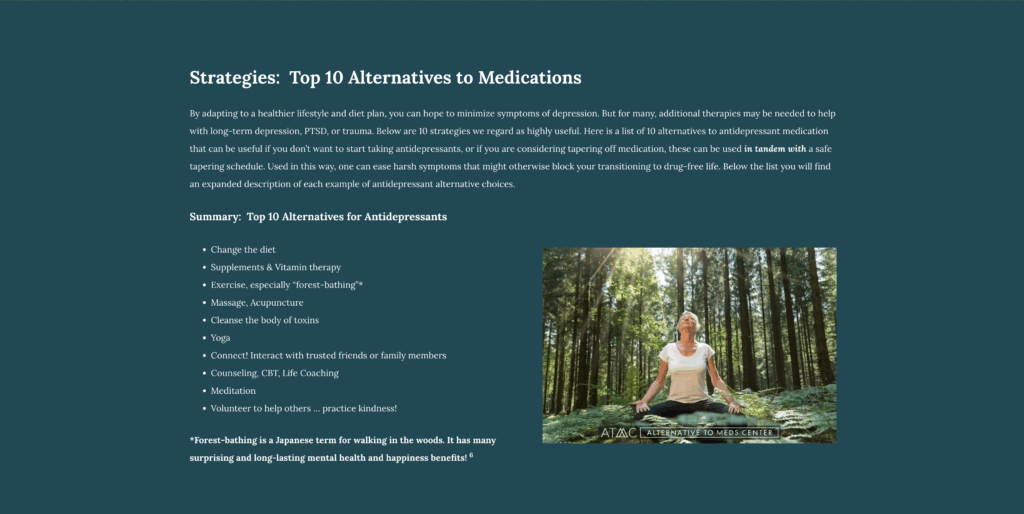
This might not be medical advice.
Direct-to-consumer platforms made it easier for people to access mental-health medication, often reducing stigma by framing treatment as self-care rather than something to hide. But they also reframed the process. When psychiatric medication is marketed through sleek design and a five-minute telehealth quiz, it can start to feel like a convenience purchase instead of a relationship with a provider.
Convenience has real benefits — privacy, accessibility, lower barriers to entry — but it also introduces risk. Mental health care requires nuance and ongoing oversight. Reducing it to a transaction can flatten the complexity of treatment and minimize the role of professional judgment.
At the same time, supplement brands have capitalized on the same emotional space. Their ads promise “natural calm” and “clarity without dependency,” echoing the tone of telehealth brands but positioning themselves as simpler, safer, and more “authentic.”
Common supplement slogans include:
- “Mood support without the side effects”
- “Natural calm, no prescription needed”
- “Clarity without dependency”
The result is a false choice between “chemical” and “natural.” Prescription medications are rigorously tested and often lifesaving. While useful for some, supplements exist in a lightly regulated space where safety and efficacy vary dramatically.
Both compete in the same attention economy, selling emotional stability as a lifestyle product. When therapy, medication, and supplementation all live under the same glossy marketing umbrella, the nuance of care is replaced by aesthetic preference.
Platform and Cultural Implications
Algorithmic feedback loops: Platforms flood their feed with more once a user engages with health content. That repetition reinforces narratives of self-optimization, medical distrust, or miracle solutions.
Moderation blind spots: Platforms struggle to police wellness content because much of it sits in the “personal experience” gray zone. Health misinformation spreads easily when creators frame advice as storytelling.
Regulatory whiplash: Agencies like the FDA and ASA are beginning to respond, but enforcement lags. Mushroom brands face e-commerce restrictions, and compounded GLP-1 clinics are under investigation for failing to disclose risks.
Incentivized misinformation: Affiliate systems prioritize engagement and sales over accuracy. Small creators with limited expertise can now promote complex medical or quasi-medical products to massive audiences, with little accountability for outcomes.
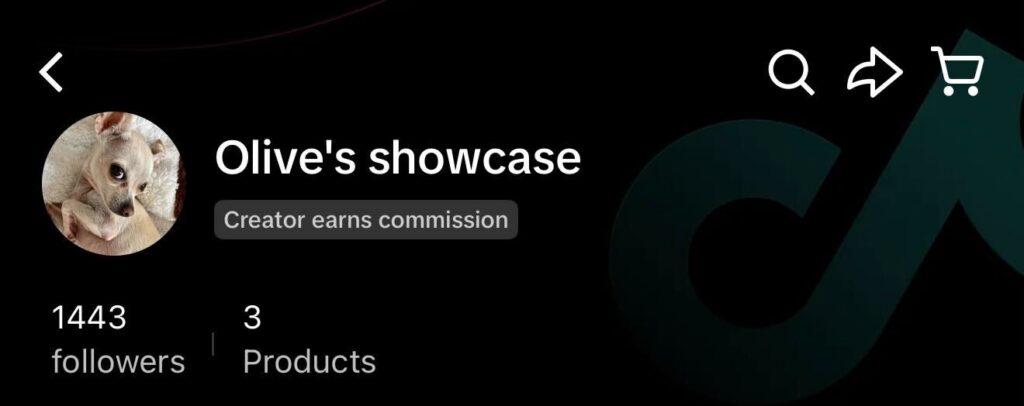
A Personal Note
I’m part of the TikTok Creator Marketplace — and so is my dog. We both sit at around 1,400 followers, and despite what the algorithm might assume, my Chihuahua is not a licensed medical expert. And yet, within the creator program, she can “purchase” wellness supplements and create videos promoting them using TikTok Shopping links.
On my “human” account, I was offered and decided to try a supplement that claimed to cure hangovers when you drink too much. The instructions were simple: take three pills after your last drink and wake up the next day feeling amazing. One night, after a few glasses of wine — an amount that usually wouldn’t give me more than a mild headache — I decided to take them for a spin to see if the next day would be a whole new world. Instead, I woke up feeling like the devil himself had come for me. My head was pounding, my stomach hurt, and my anxiety was through the roof. It lasted the entire day and was the literal opposite of everything the product had promised. Historically, I have no allergies, but is it possible that I am the only one who has had these side effects? Probably not. But if you look at the videos promoting the product — where the creator can make $5 per bottle sold — no one talks about the adverse side effects or even mentions it’s a possibility. In fact, the brand claims in their videos that there is nothing you could be allergic to, so it’s totally safe. There’s no money to be made on killing the vibe. I never made my video and ate the $30 I would have received back if my link sold three bottles.
That’s how accessible and potentially risky the creator economy has made health marketing. If a small creator (or a small dog) can be incentivized to promote unregulated supplements without medical knowledge, maybe it underscores the need for clearer standards and greater transparency across the ecosystem.
Legal Sidebar:
Legally, influencers aren’t immune from fallout when health products go wrong. Under FTC endorsement rules, creators are responsible for ensuring that any claims they repeat are truthful and substantiated. If a consumer gets really sick from a supplement promoted through TikTok’s Creator Marketplace, the company that makes the product would face primary liability, but the creator could still be sued alongside them if their content included misleading claims, lacked required disclosures, or implied medical authority.
In practice, plaintiffs usually go after the manufacturer first (that’s where the money and product liability insurance are). Still, lawyers increasingly name creators too, especially when the post looks like an ad rather than a personal opinion. This is something that is not always disclosed to creators when they sign up to push these products.
Key Takeaways for Social and Brand Marketers
- The definition of “health content” has expanded and blurred. From supplements to prescriptions, creators are packaging wellness as a lifestyle product. Marketers should consider how their brand fits into that broader narrative — or where it intentionally creates distance.
- Creator trust is now more influential than medical authority. Consumers often rely on anecdotal experience over clinical credentials. This shift creates opportunities and risks for brands trying to build credibility in health-adjacent spaces.
- In wellness content, aesthetic often signals authority. Functional design, clinical language, and repeated exposure across platforms can create the illusion of legitimacy. Social teams must understand how visual language influences trust, especially in sensitive or regulated categories.
- Virality isn’t always the result of strategy. Many creators promoting supplements or GLP-1s aren’t high-follower influencers. They’re niche accounts monetizing affiliate links within trending content. Brands need visibility into how their products are being promoted, even by smaller voices.
- Category lines are collapsing. Consumers encounter “daily stacks” that mix magnesium, mushrooms, and medications in a single post. Brands should anticipate this blended context and clarify where their product sits within it.
- Visibility does not guarantee alignment. The Serena Williams backlash revealed how even well-resourced, celebrity-backed campaigns can fail when they ignore cultural tension points, including body image, access, and authenticity.
- Compliance and culture now intersect. With wellness becoming content, and content becoming commerce, even supplement brands need to treat legal and ethical oversight as core to their social strategy — not an afterthought.
Final thought
As the aesthetics of wellness and medicine converge, marketers and regulators must confront a harder question: Who gets to sell a solution? And what happens when every product for the body or mind is branded as non-negotiable self-care?
